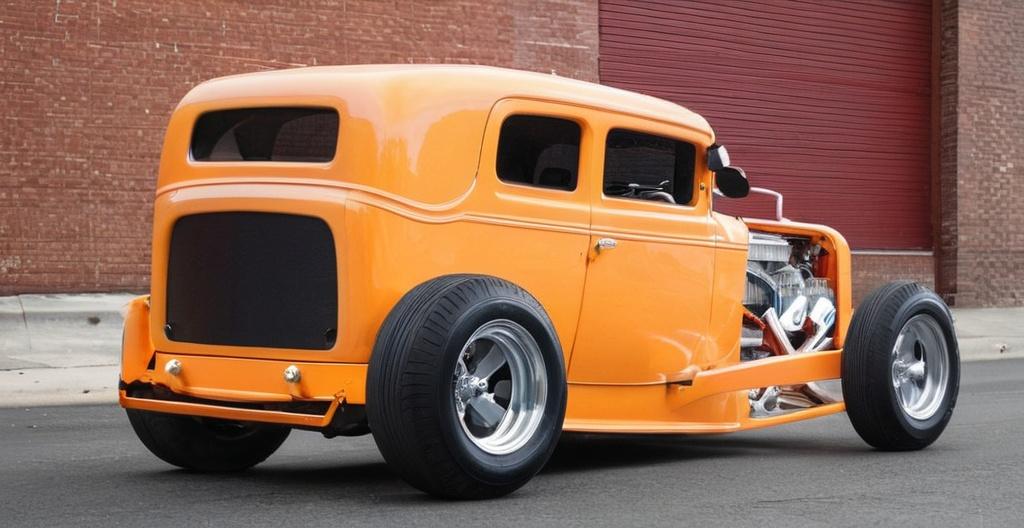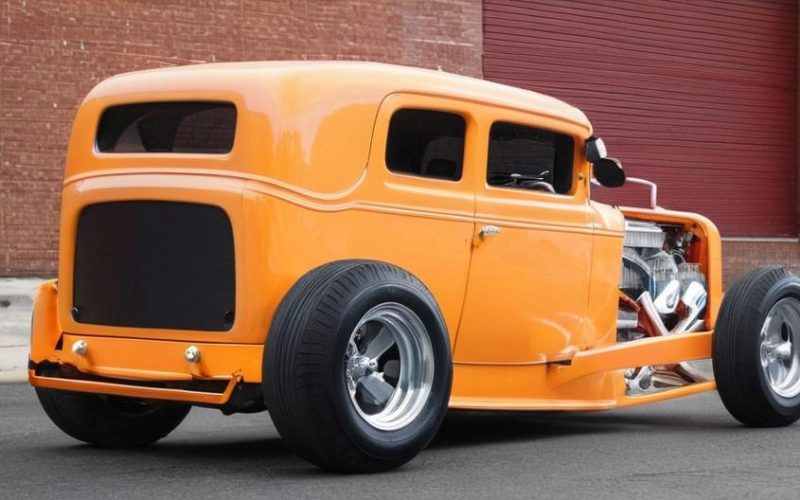Key Take Aways About How to Fabricate Custom Panels for Street Rods
- Custom panels enhance your street rod’s appearance, requiring precision and creativity.
- Choose the right materials: aluminum (lightweight, tricky to weld), steel (durable, easier to weld), or fiberglass (lightweight, unique shaping).
- Essential tools include welder, hammers, snips, grinder; an English wheel is helpful for shaping.
- Create templates using cardboard for fitting accuracy before cutting and shaping.
- Cutting involves shears and plasma cutter/jigsaw; shaping uses hammer, dolly, and possibly an English wheel.
- Assembly requires careful tack welding, allowing metal to cool to avoid distortion.
- Smooth out imperfections with body filler and sand before priming and painting for finishing.
- The completed panels add unique style, reflecting the creator’s personality.

Getting Started with Custom Panels for Street Rods
Street rodding isn’t just about what lies under the hood. It’s also about making sure your vehicle stands out, and custom panels play a huge role in that. When it comes to fabricating these panels, it’s all about precision and creativity. But don’t worry—if you know your way around a garage, you’re already halfway there.
Choosing the Right Materials
If you’re going for those sleek, shiny exterior panels, you’ve got options. Aluminum, steel, and fiberglass are the popular kids on the block here. Aluminum is a lightweight choice but can be a bit tricky when it comes to welding. Steel, on the other hand, adds a little more weight but is durable and easier to weld. If you’re feeling adventurous, fiberglass is lightweight and perfect for creating unique shapes, although it can crack under pressure—or a fender bender.
Tools of the Trade
Before you start banging away, get your tools ready. At the very least, you’ll need a welder, hammers, dollies, snips, and a grinder. If you’ve got a little extra dough, invest in an English wheel for shaping those curves. It might take some practice, and you might end up with something that looks like modern art gone wrong at first, but with patience, you’ll be shaping metal like a pro.
Creating a Template
Templates will be your best friend in this process. Start with cardboard or poster board to draft the shape and size of your panel. Proper templates help in making sure everything fits together snugly. Nothing worse than spending hours crafting a panel only to find out it doesn’t fit. Well, maybe running out of gas at a car show tops that.
Cutting and Shaping
Once you’ve got your template, it’s time to cut the metal. Use shears for straight lines and a plasma cutter or jigsaw for curves. Remember to leave a bit of extra material around the edges—you can always trim it down to fit perfectly.
When shaping, it’s crucial to plan your bends carefully. Hammer and dolly work might be old school, but they’re golden for a reason. For more complex curves, that English wheel will come in handy. Just don’t rush it. Metal doesn’t forgive easily.
Assembly and Fitting
Now comes the moment of truth. Tack weld your pieces in place, making sure everything fits before going all in with full welds. Remember, heat warps metal, so weld small sections at a time and let them cool. Measure twice, weld once—trust me on that one.
Finishing Touches
With everything welded and ground down to a smooth finish, it’s time for some finesse. Body filler will help smooth out any minor imperfections. Sand everything down for a perfect finish before laying on primer and paint. Don’t skimp here. This is where your panels can really shine, literally and figuratively.
Bringing It All Together
When you finally get those custom panels on your street rod, step back and admire your work. You’ve taken raw materials and shaped them into something unique. It’s more than just fabrication; it’s an expression of your style. Whether you’re rolling down Main Street or showing off at a car meet, those panels tell the world a little bit about who’s behind the wheel.
